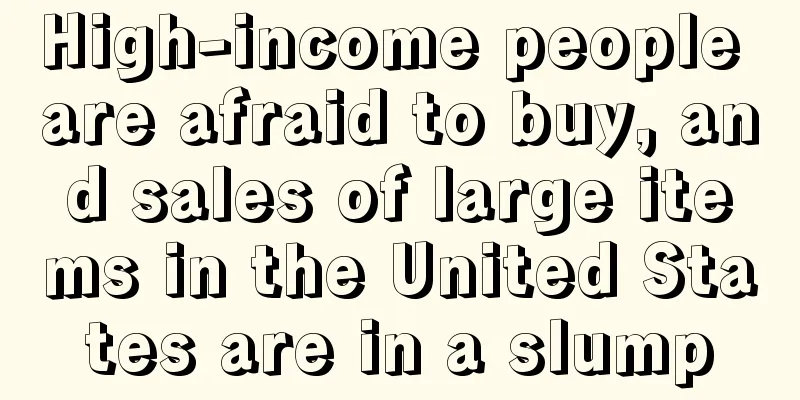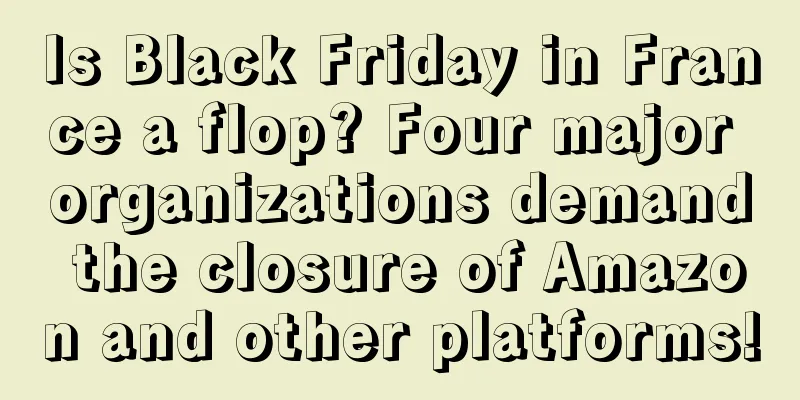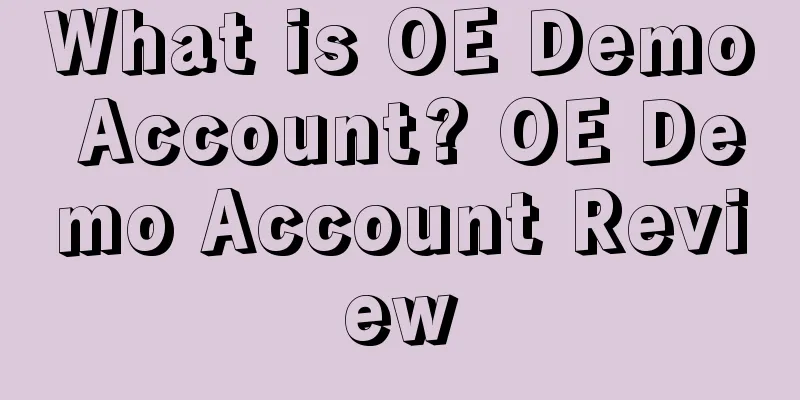High-income people are afraid to buy, and sales of large items in the United States are in a slump

|
It is learned that according to foreign media reports, as spending among high-income people in the United States is decreasing, the purchase of large items such as electronic products and home appliances is threatened. The financial situation of high-income people is worrying Data from PYMNTS shows that by the end of last year, 16% of low-income consumers were living paycheck to paycheck and had problems paying bills. While 34% of high-income consumers were living paycheck to paycheck and had no problems paying bills. Among the high-income group, 36% expect their financial situation to get worse, down from 41% in the summer of 2022. As a result, only a little more than a third of people plan to spend money on travel, buying a new car or expensive clothes. The survey also found that about 19% of high-income earners said holiday spending had a "very significant or extremely significant impact" on credit card debt. In addition, nearly 30% of consumers said they had no credit card balances and did not make holiday purchases. Therefore, if inflation continues to rise, people will spend less money on high-end goods and services. According to American Express, high-income consumers in the United States saw their bills, including card purchases, grow 15% at the end of 2022. However, as inflation continues, high-income consumers’ spending on travel, restaurants and boutiques will be tepid in 2023.
The ripple effect has begun, with weak sales of big-ticket items In its financial report, US electronics retailer Best Buy highlighted that sales in its three major categories declined in the fourth quarter, including computers and mobile phones (down 10%), consumer electronics (11.8%) and appliances (13.2%). Big Lots noticed that high-income consumers were beginning to embrace the “trade-in” concept. The company’s management also noted that its private label brands were particularly popular with high-income people. In addition, Big Lots CEO Bruce Thorn said, “Revenue from high-income customers is twice as high as that from core customers…” It is worth noting that Walmart has also noticed the same trend, with half of its grocery store sales growth being driven by purchases from high-income consumers. According to the latest PYMNTS Consumer Inflation Sentiment report, 36% of high-income consumers with annual incomes of more than $100,000 have reduced their purchases of large items. In addition, high-end alcohol sales have also been facing headwinds. Whether high-income or low-income, more and more Americans are in the same boat - tightening their belts and fighting inflation. Editor ✎ Nicole/ Disclaimer: This article is copyrighted and may not be reproduced without permission. |
>>: CPSC urgently recalls this water ski equipment! Available on Amazon and eBay!
Recommend
Amazon's new insurance policy is cancelled! Sellers: What's the fun?
Recently, Amazon Insurance was hit by another big...
What is FBW? FBW Review
FBW (Fulfillment By Wish ) means that merchants on...
What is CyberSource? CyberSource Review
CyberSource is a California-based provider of elec...
What is SocialRank? SocialRank Review
SocialRank is a tool for finding and analyzing use...
China's monthly export volume hits a record high! Behind it is a $5 global express delivery network
This is a great reversal. In November 2020, China...
What is a newbie? Newbie review
Wai Xin Ren is a cross-border training institution...
The seller's amazing operation! How to bypass Amazon's inspection by requesting review cards!
Reviews have always been the top priority for sel...
What is Cloud Cross-border? Cloud Cross-border Review
Yunkuaiguo is one of the earliest official Shopify...
A brief discussion on how to avoid pitfalls when doing promotions/coupons/deals?
1. Coupon product requirements Have a Professiona...
Why did your Amazon invoice fail to pass the review?
As we all know, Amazon has a strict management pr...
Mexico's Easter sales in April are booming, and these categories are becoming more popular
It is learned that April is coming, and foreign co...
Effective May 1st! USPS will extend the delivery time of some first-class packages by 1-2 days!
<span data-shimo-docs="[[20,"获悉,据外媒报道,近日美国...
Can insurance also be used to make money? A large number of Amazon sellers are being fleeced again!
Prime Day just passed, and unexpectedly , bad new...
A guide to selling on the six major social platforms
In addition to e-commerce platforms, sellers can c...
Out of stock warning! Fire and warehouse explosion in US FBA! E-mail prices rise again!
What made Amazon sellers most desperate in June? ...









